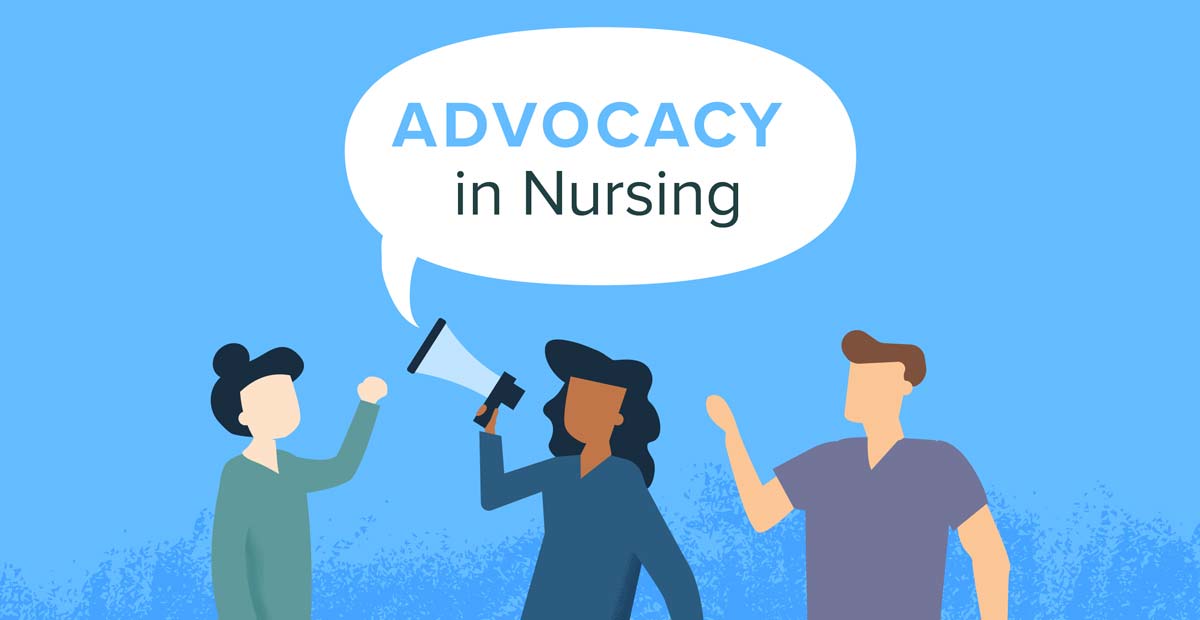Nursing leadership development
Based on your readings, current literature within 5 years, scholarly peer-reviewed journals, and research on the topic of nursing leadership development specific to your program. Clearly demonstrate the integration of evidence into nursing practice as it relates to nursing leadership in your program. Clearly demonstrate the concepts of nursing leadership and ethical decision-making as they relate to nursing leadership development in your program.

Integration of Evidence into Nursing Practice
Recent literature underscores the importance of evidence-based practice (EBP) in nursing leadership. EBP ensures that nursing leaders use the latest research to inform decisions. According to Sherman and Pross (2020), EBP improves patient outcomes and organizational efficiency. Nursing leaders who adopt EBP implement strategies backed by robust research.
Additionally, EBP requires nursing leaders to stay updated with current research findings. This practice aligns with the Magnet Recognition Program, which promotes nursing excellence through EBP (American Nurses Credentialing Center, 2019). Therefore, integrating EBP into nursing leadership enhances care quality and professional development.
Concepts of Nursing Leadership and Ethical Decision-Making
Nursing leadership involves guiding and inspiring nursing staff to achieve high standards of patient care. Effective leaders exhibit strong communication, emotional intelligence, and teamwork skills. Cummings et al. (2018) suggest transformational leadership is particularly effective in nursing settings. Transformational leaders inspire and motivate their teams, improving job satisfaction and patient outcomes.
Ethical decision-making is crucial in nursing leadership. Leaders face complex ethical dilemmas, balancing patient needs, staff welfare, and organizational goals. Robichaux (2018) provides a framework for ethical decision-making, guiding leaders to make fair and just decisions. This framework involves identifying ethical issues, considering stakeholders’ perspectives, and evaluating consequences.
Nursing Leadership Development in My Program
My nursing leadership program emphasizes integrating evidence and ethical decision-making. The curriculum includes EBP modules, teaching leaders to appraise and apply research to practice. Case studies and simulations provide practical experience in making evidence-based decisions.
The program also incorporates ethical decision-making into its core competencies. Students learn ethical theories and principles, engaging in discussions and role-playing exercises. These activities help future leaders develop skills to navigate ethical situations confidently.
Reflective practice is another key component. Students reflect on their experiences, promoting continuous learning and improvement. This approach ensures that nursing leaders are prepared to make informed, ethical decisions.
In summary, my program integrates evidence and ethical decision-making into nursing leadership development. By emphasizing EBP, transformational leadership, and ethical frameworks, the program prepares leaders to provide high-quality, ethical care.
References
American Nurses Credentialing Center. (2019). Magnet Recognition Program. Retrieved from https://www.nursingworld.org/organizational-programs/magnet/
Cummings, G. G., Tate, K., Lee, S., Wong, C. A., Paananen, T., Micaroni, S. P., … & Dredge, C. (2018). Leadership styles and outcome patterns for the nursing workforce and work environment: A systematic review. International Journal of Nursing Studies, 85, 19-26. https://doi.org/10.1016/j.ijnurstu.2018.04.016
Robichaux, C. (2018). Ethical decision making in nursing administration: The intersection of relationships and responsibilities. Journal of Nursing Administration, 48(7-8), 395-398. https://doi.org/10.1097/NNA.0000000000000631
Sherman, R. O., & Pross, E. (2020). Growing future nurse leaders to build and sustain healthy work environments at the unit level. OJIN: The Online Journal of Issues in Nursing, 20(2). https://doi.org/10.3912/OJIN.Vol20No02Man03
This should include;
- An Introduction. Define leadership. Explain how leadership is developed.
- Why is leadership development important for nursing today?
- Compare and contrast theoretical leadership theories as they relate to leadership development. Discuss how leadership is an integral component of the advanced generalist masters prepared Nurse
- Examine empowerment as it relates to the development of Nursing leaders
- Analyze the process of leading through mentoring as it relates to the creation of future caring followers
- Explain effective communication and collaboration strategies that lead to healthy, safe interdisciplinary teams
- Guided by Dr. Jean Watson’s (2012) theory of human caring science critically evaluate how caring can be integrated in all levels of Nursing practices
- Create your own personal definition of nursing leadership examining concepts you can adopt in your practice setting leading to improved outcomes for patients, families, colleagues, and self.
5 pages (not including title page or reference page) using the required title page with your major clearly labeled Minimum of 5 scholarly sources not including the textbook to support your facts Clear and logically written with proper grammar, spelling, and punctuation Proper APA format on citations and sources
Reference
Do you need a similar assignment done for you from scratch? Order now!
Use Discount Code "Newclient" for a 15% Discount!









